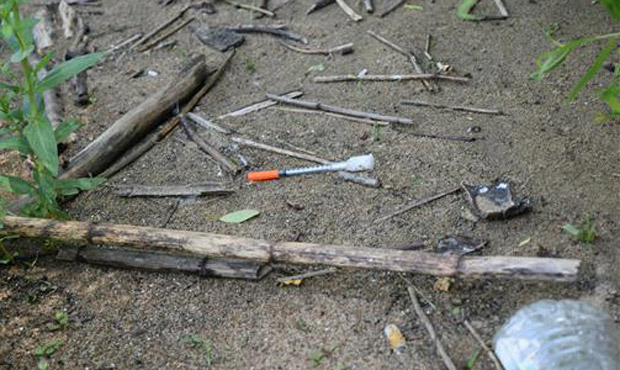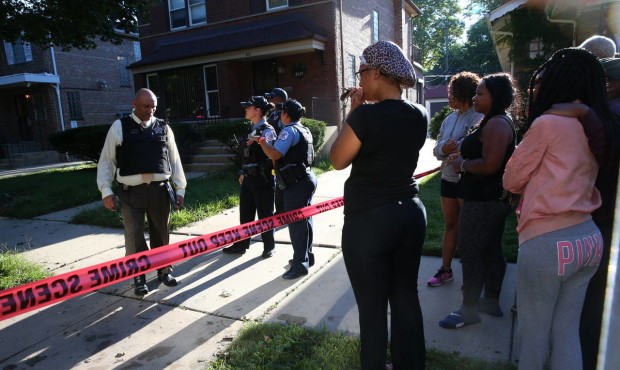Dave Ross
Proof that cleaning up ‘The Jungle’ is possible for Seattle
 A mask lies along a path at a homeless encampment known as The Jungle Thursday, Dec. 4, 2014, in San Jose, Calif. (AP)
A mask lies along a path at a homeless encampment known as The Jungle Thursday, Dec. 4, 2014, in San Jose, Calif. (AP)
Cleaning up “The Jungle” may seem hopeless, but another city that had almost the exact same problem proves it can be done.
San Jose, Calif. was challenged with a massive, illegal homeless encampment for years. It had about 400 people living in it, just like Seattle’s camp. In fact, it was called the “Jungle.”
“It was established for some time, but more and more people were coming,” said Ray Bramson. “We were seeing really unsafe, unsanitary, and unstable conditions.”
Related: Seattle officials estimate nearly 400 people living in The Jungle
But after a tremendous effort, the city cleaned it up. Bramson, who runs the Homelessness Response Team, told KIRO Radio’s Dave Ross that the city council appropriated more than $4 million for a rapid rehousing program. The program focused on subsidies, case management, and access to services that helped stabilize people living outdoors.
The city spent 18 months moving people out of the encampment and getting them into safer environments, Bramson explained. There were 10-15 people who remained in the area before the big cleanup; those people were offered shelter. It was only after that work that the city was able to clear the site.
The cleanup took 2.5 weeks. Bramson said 1,200 tons of trash; 1,500 hypodermic needles; and 2,800 gallons of bio-waste was picked up.
But the work isn’t over, and very well likely may never end. City park rangers patrol the area on a regular basis. Volunteers continue to pick up trash.
This year, San Jose is investing $40 million in creating interim and permanent housing opportunities, Bramson said. Another $10 million to $12 million from the city budget will be used on services and subsidies.
That could be uplifting news for Seattle, which is struggling to figure out how to handle its own Jungle, among other issues surrounding homelessness. The Seattle Times reports the Legislature is considering a $1 million, 8,000 foot razor and barbed-wire fence that would surround the 100-acre encampment. This fencing would be paid for by the Washington State Department of Transportation. The state says it hope the fence comes in under budget, leaving money to clean the greenbelt.
Security firm Securitas tells The Times it would cost about $600,000 to provide three security guards working around the clock.
Seattle’s Jungle has been the thorn in the side of the city for decades. It caught the city’s attention most recently when two people were shot and killed. A recent assessment found at least 400 people and 200 tents in the greenbelt along a portion of I-5.
Though the city and state are working to address the issue of homelessness, Bramson said Seattle is doing one thing wrong: opening tent cities.
“I don’t believe sanctioned encampments or tent cities are in the best interest of the community as a whole,” he explained. “I think maintaining a standard and ensuring all residents have equal access to good-quality housing opportunities is in the best interest…”
With that in mind, maybe Seattle’s Jungle can become the pleasant place the state intended it to be back in 2011. And maybe the only sound coming from it will be that of birds chirping, instead of sirens and gunshots.





































Comments